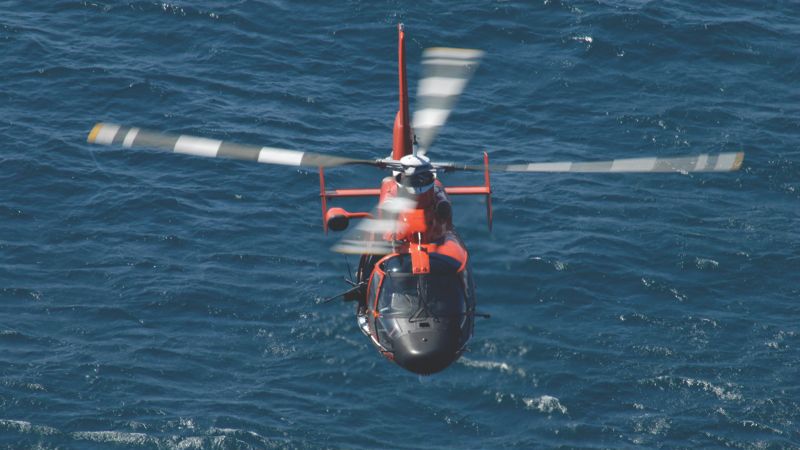El Faro Response Hampered by Weather and Distance

On Tuesday, Marine Board of Investigation hearings into the loss of the ro/ro El Faro continued with testimony from her former chief engineer and from the Coast Guard officer in charge of regional incident response.
In last week's hearings, the USCG discussed a survey from the month before the vessel's loss, which found that the starboard boiler's “burner throats have deteriorated severely, especially between number one and number three burners. Cracking and loss of material, plus heavy buildup of fuel, is present in all three throats.” Former chief engineer James Robinson confirmed that the condition of the unit was less than ideal: "the front wall of the starboard boiler is in pretty bad shape," he said. "The brick wall, in spots, has pushed against the tubes and, in turn, pushed the tubes out, causing them to bow towards the fire box."
The panel also asked him about a report on the vessel’s preparation for Alaska service, which noted that “many hangers are lose and broken” on the main steam line; Robinson said he was not aware of these and wasn’t involved.
Later, USCG Seventh District Chief of Incident Response Management Captain Todd Coggeshall answered the panel's questions about the response to the El Faro's distress call and the subsequent SAR effort.
The USCG had several challenges in the immediate response to the distress call – critically, the scarcity of assets in the region. All potential first responders were hours out at best, and many – especially aircraft – were limited in their ability to deploy due to the extreme weather. A “hurricane hunter” weather aircraft was diverted from its mission to the El Faro's last known position, and it experienced wind speeds of 115 knots at 2,500 feet, plus “near instantaneous altitude change” of 800 feet – a “high-risk mission outside of normal parameters,” he said.
The hurricane also created multiple other casualties requiring the USCG's attention, including the sinking general cargo vessel Minouche. It took a USCG crew four separate helicopter trips in two different helicopters to rescue the Minouche’s crew from their life rafts, Coggeshall said, all at night.
After the El Faro’s loss, SAR assets found a debris field but no sign of the ship, and Coggeshall said that he began to believe she had gone down. On October 5, a USCG helicopter crew found a deceased El Faro crewmember in a survival suit. The remains were in an advanced state of decomposition, he said, rendering on-site identification impossible. Recovery in the helicopter would have required a return to base and a thorough decontamination of the aircraft. As the aircrew had a report of a possible survivor nearby, they chose not to recover the body at that time and marked it with a beacon for later retrieval. It was never found by follow-up SAR assets. Coggeshall speculated that the remains were probably those of “whoever had the bridge watch . . . [as] everybody else was below decks.”
Captain Coggeshall said that the one thing he really wished the El Faro had had before the storm was an enclosed lifeboat, which “would have given them an option they could have used earlier." Robinson agreed; he said that the El Faro's open lifeboats would have been too dangerous to deploy down the sides of her hull during severe rolling, and that the crew would have had to abandon ship into life rafts instead – a difficult proposition in hurricane-force winds and heavy seas.
